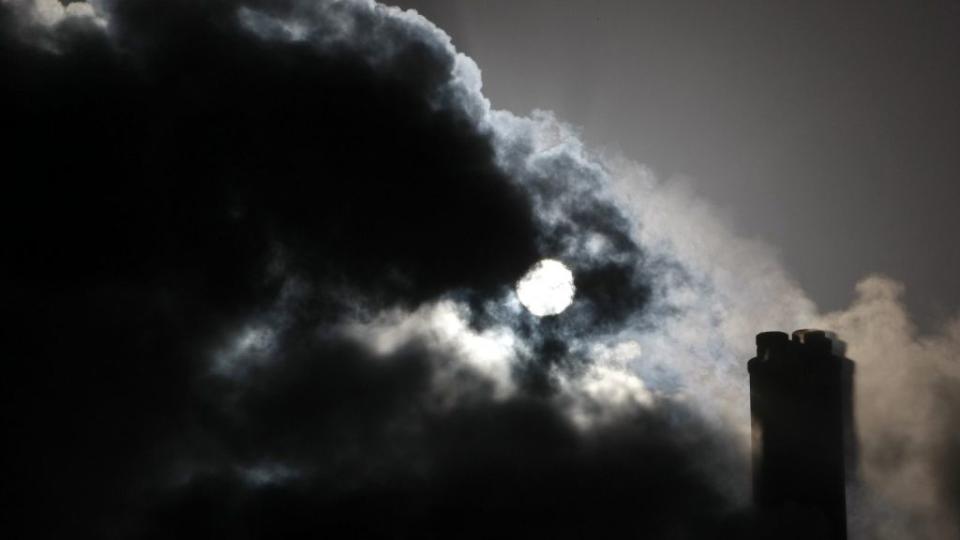The failed battle to stop Australia’s vast new mine shows why the world isn’t ready to move on from coal

Following years of protest, Australia this week granted approval for a vast new coal mine to be built in Queensland. The decision to allow Indian company Adani to go ahead with its $16 billion mine—despite the environmental impacts and the protests of indigenous peoples—shows that coal, a waning industry that many consider unsalvageable, is still a powerful force.
When built, the Carmichael mine will become the biggest thermal coal project in Australia. The battle to get here was fraught, and three dynamics at the heart of it mirror energy conflicts worldwide—from the US coal country Donald Trump has promised to resurrect, to the millions of Indian households still living without power, to those people dedicated to making leaders take seriously the long-term impacts of our short-term decisions.
First, there’s the local perspective. Queensland’s mining sector has been hit so hard by falling commodity prices worldwide that its precipitous drop is known as the “mining cliff.” At least 22,000 mining jobs were lost in two years starting in November 2013; that number is projected to hit 50,000 in the next two years. Approval for the Carmichael mine didn’t come through until Adani made two key promises: that it would create 10,000 new jobs, and that those jobs will go to locals. The company specifically promised not use foreign staff on “457 visas,” which allow companies to bring skilled temporary workers in from outside Australia. Mining royalties paid to the state could fund hospitals and schools, its advocates have said.
The promises echo those of US president-elect Donald Trump, who has vowed to bring jobs back to the coal-mining areas decimated by market dynamics—namely, the fall in global coal prices due to cheap natural shale gas—and developed-world regulations. It’s hard to argue with the pain of communities whose jobs have disappeared, and it’s in the interests of politicians, especially at a local level, to provide solutions.
Second: the long-term global perspective. Given current trends, the world is already on course to miss goals, agreed on in Paris last year, of limiting global warming to 2º centigrade. Two degrees is the threshold for catastrophic effects on the climate, and we’ll miss it unless we cut existing coal mines and other fossil fuel-based energy systems, let alone build new ones, writes Bill McKibben, founder of environmental movement 350.org. Adani plans to produce coal from the Carmicheal mine for 60 years.
Australia is already feeling the effects of climate change. This year alone, almost a quarter of the coral in the Great Barrier Reef was killed by “bleaching,” which takes place when water remains too warm for too long. The Australian Conservation Foundation and others have brought a series of legal challenges against the government to try to stop the Adani mine on the basis that it will damage the climate, and specifically the Great Barrier Reef. Legal challenges have also been brought by indigenous peoples, the Wangan and Jagalingou groups, which say the mine is on ancestral lands over which they have title rights.
The third and final piece of the jigsaw is where the coal will go. Carmichael coal isn’t destined to power Australia. Rather, it will be shipped to India, which is going through a period of rapid industrialization and associated energy increases that will lead it to burn three times more coal by 2040 than it does today, according to (pdf) the International Energy Agency. Adani’s Australia chief has said coal from the country will bring electricity to 100 million of the 300 million Indians that currently live without power. He told ABC News that India would burn the same amount of coal anyway, but this particular coal would be less damaging than other types.
While the West is working harder than most of the world to reduce its emissions and the intensity of its energy use, developing countries have made the point that rich nations got to where they are through historical energy use. It’s not fair, they say, to deny the same means of growth to countries now trying to catch up.
All of this is not to forget the vast commercial interests at work. The Carmichael mine is going to make a very large amount of money for a man who is already fabulously wealthy, and will also enrich a cohort of others. But making the rich richer isn’t the most powerful dynamic at play. That is the survival of the species on one hand, vs the lived experience of humans on the other.

Sign up for the Quartz Daily Brief, our free daily newsletter with the world’s most important and interesting news.
More stories from Quartz:

 Yahoo Finance
Yahoo Finance 